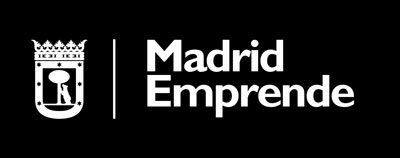- There are two interest rates that determine the cost of money in a loan or deposit: the Nominal Interest Rate (TIN) and the Equivalent Annual Rate (TAE)
- Both types are concepts established by the Bank of Spain
There are two interest rates that determine the cost of money in a loan or deposit: the Nominal Interest Rate (TIN) and the Equivalent Annual Rate (TAE).
Nominal Interest Rate (TIN) and Equivalent Annual Rate (TAE) are concepts established by the Bank of Spain and, therefore, official. Know exactly both indicators and their implications in a financial product.
TIN
The Nominal Interest Rate (TIN) is the fixed rate used by banks as a concept of payment for borrowed money and included in deposit, credit, loan and mortgage contracts. It refers to the payment of interest for the change in the value of money over a period of time.
This is its formula: TIN = Euribor + differential.
This interest rate indicates the effective cost of a financial product, being the interest marked by each financial entity in the operation. And, furthermore, it does not include expenses or commissions, and its periodicity does not have to be annual when referring to the total period of the investment.
APR
In this case, it is the reference interest rate since it indicates the effective cost of mortgage and consumer loans or the performance of savings products over a year. We are talking about the real rate applied for the money they lend you, along with the costs associated with said operation, borne by the borrower. It is used as a reference rate to standardize different types and conditions of loan and credit operations when there are different settlement periods, expenses, etc.
In the case of mortgage loans, the APR reflects the real cost of what the customer will pay for the money borrowed throughout the life of the loan, including expenses such as annual damage insurance premium, registration, management, etc., provided that assumed by the client.
It is calculated taking into account both the nominal interest rate of the operation, as well as the frequency of payments (monthly, quarterly, etc.), bank commissions and some expenses of the operation.
The formula for the Equivalent Annual Rate is as follows:
APR = (1 + r/f)f-1, where "r" is the nominal interest rate and "f" is the frequency of payment of installments.

